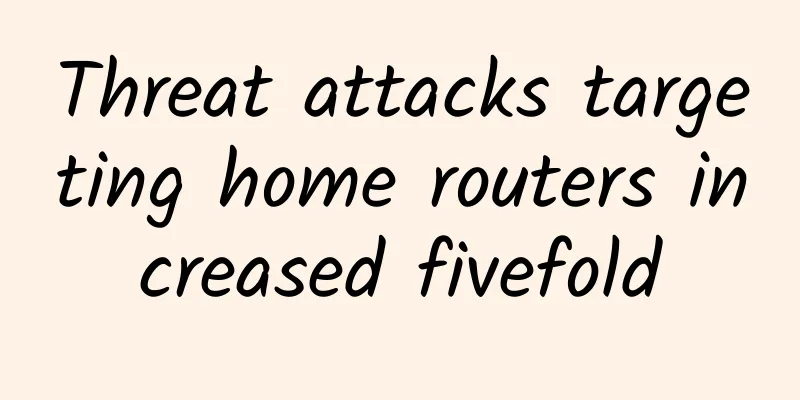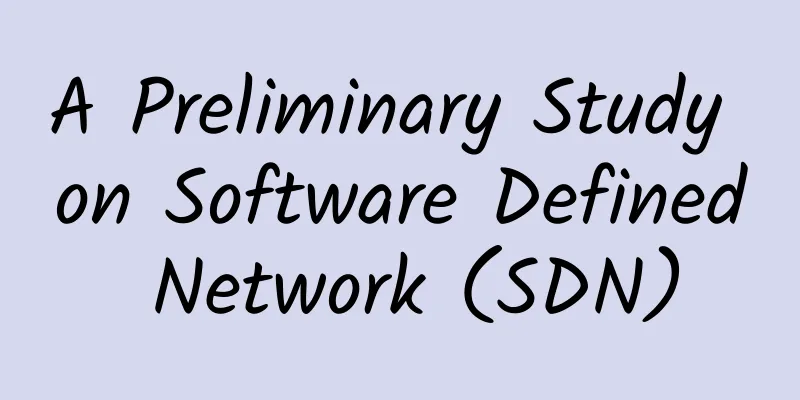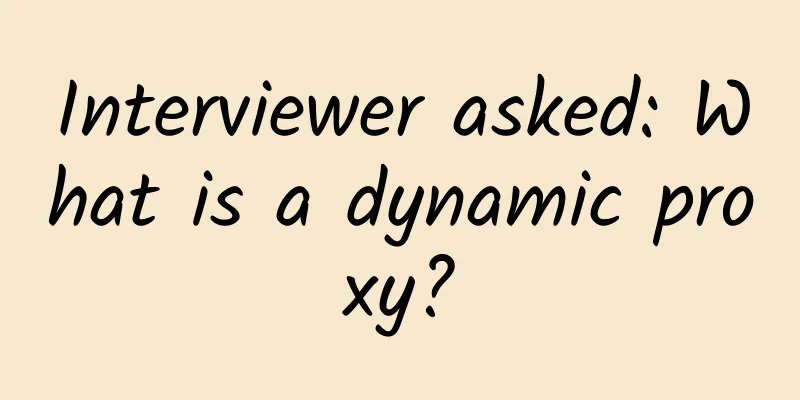Threat attacks targeting home routers increased fivefold

|
In the first quarter of 2018, the number of cyber attacks against consumer-grade routers increased sharply, most of which were in fields such as education, construction, and biotechnology. The reason is that in our daily use, routers in these fields are highly concentrated and data transmission is intensive.
Cyberattacks on consumer routers increased fivefold in the first half of the year Attacks targeting routers have increased by 539% since the fourth quarter of 2017. The high number of attacks indicates that routers in some industries are frequently used and transmit a large amount of data. According to the investigation, cyber attackers are conducting cyber attacks by using legitimate Microsoft binaries, such as PowerShell and MSHTA, which are often used as tools to download and spread malicious code in the initial stage of malware infection. According to the survey, MuieBlackCat and ZmEu scanners were among the most popular tools in the first quarter, as they are both used to find vulnerabilities in PHP-based web servers. Researchers said that threat actors also use OpenVAS and NMAP scanners as tools to search for vulnerabilities. Hackers often use software that we use every day to attack "The prevalence of brute force attacks and outdated exploit attempts means that highly automated, low-capability threats are flooding the Internet's traffic," researchers said in the report. Most attacks on consumer routers involved information-gathering scans and intrusion attempts. The total number of router intrusions increased by 36% compared to last year, largely due to the exploitation of DNS manipulation vulnerabilities in consumer routers. At the same time, researchers also pointed out that while phishing attacks only accounted for a small portion of the total number of attacks observed, they maintained a fairly consistent success rate and often led to complete network compromise if not quickly resolved. Across all industries, phishing attempts increased by 39%, with the majority of attacks using DocuS transfers, Office 365 and OneDrive. To prevent this attack, users are advised to log Powershell activity on the network, block Word document macros, tighten user permission settings, implement application whitelisting, and keep antivirus defenses up to date. |
<<: Why 99% of business leaders are paying attention to this issue
Recommend
10gbiz: 50% off, starting from $3.44/month, Hong Kong CN2 GIA/Los Angeles CN2 GIA/AS9929/large hard disk VPS optional
10gbiz is offering a 50% discount on all VPS host...
An article to understand the wireless connection technology eMTC of the Internet of Things
In 2002, digital communication redefined the tele...
China's five major mobile app stores jointly launch 64-bit Android ecosystem migration
(April 19, 2021) In order to assist Chinese Andro...
SD-WAN and Operations
Software-defined WAN or SD-WAN is a great example...
What is Wi-Fi 7, how will it enhance connectivity, and which devices will be available?
Wi-Fi 7 is the latest generation and will be stan...
China's operators' semi-annual report: 5G package users close to 500 million
On August 19, China Unicom announced its first-ha...
Let's talk about network equipment
My home was recently renovated. As a computer pro...
A must-have for interviews! 15 classic questions about TCP protocol!
[[410649]] Preface TCP protocol is a must-know kn...
What does the increasingly popular 5G public network dedicated service mean?
[[426454]] This article is reprinted from the WeC...
Why does the phone clearly show 5G signal but is occupying the 4G cell?
[[345521]] This article is reprinted from the WeC...
SKT launches online-only plans for 5G and 4G customers
South Korean telecom operator SK Telecom recently...
How to implement a real-time monitoring system for tens of billions of visits?
[51CTO.com original article] The author has joine...
Gartner: Four technologies that will have a significant impact on digital commerce in the next two years
[[428882]] According to Gartner's 2021 Hype C...
The Internet of Things in the Eyes of Operators: The Story of the Internet of Things and Two Scissors
Previous article: "The Internet of Things in...






![[Black Friday] spinservers: 10Gbps San Jose/Dallas servers starting at $89/month, 50% off on all hybrid servers, $200 off on high-end servers](/upload/images/67cac216758fc.webp)


